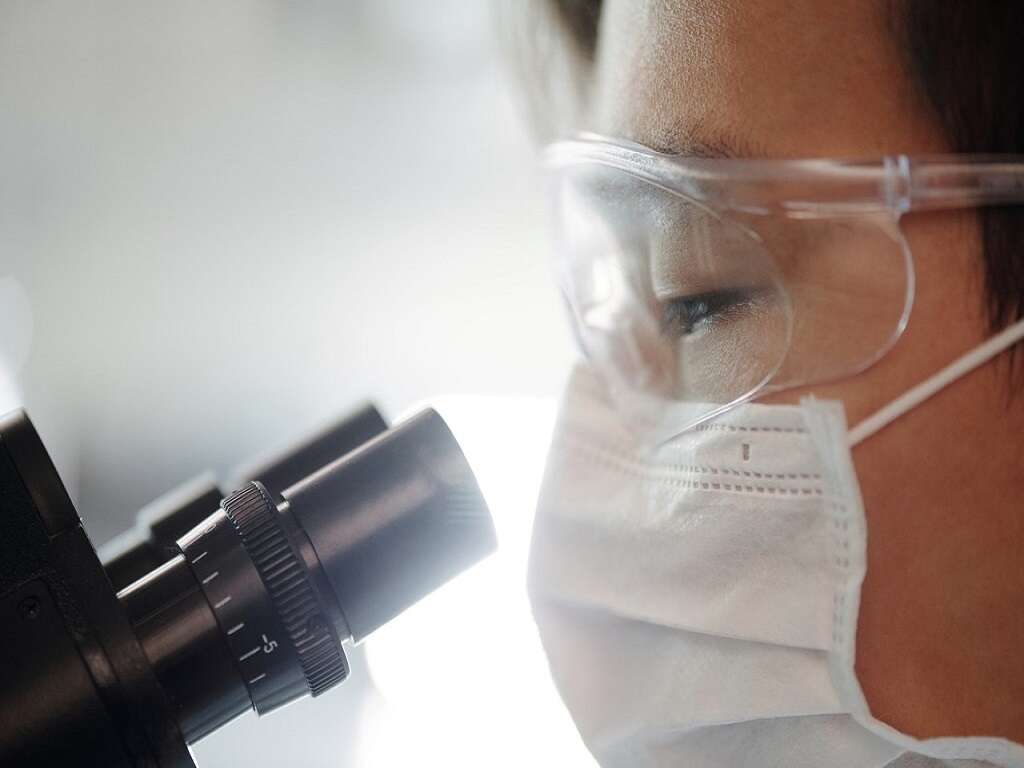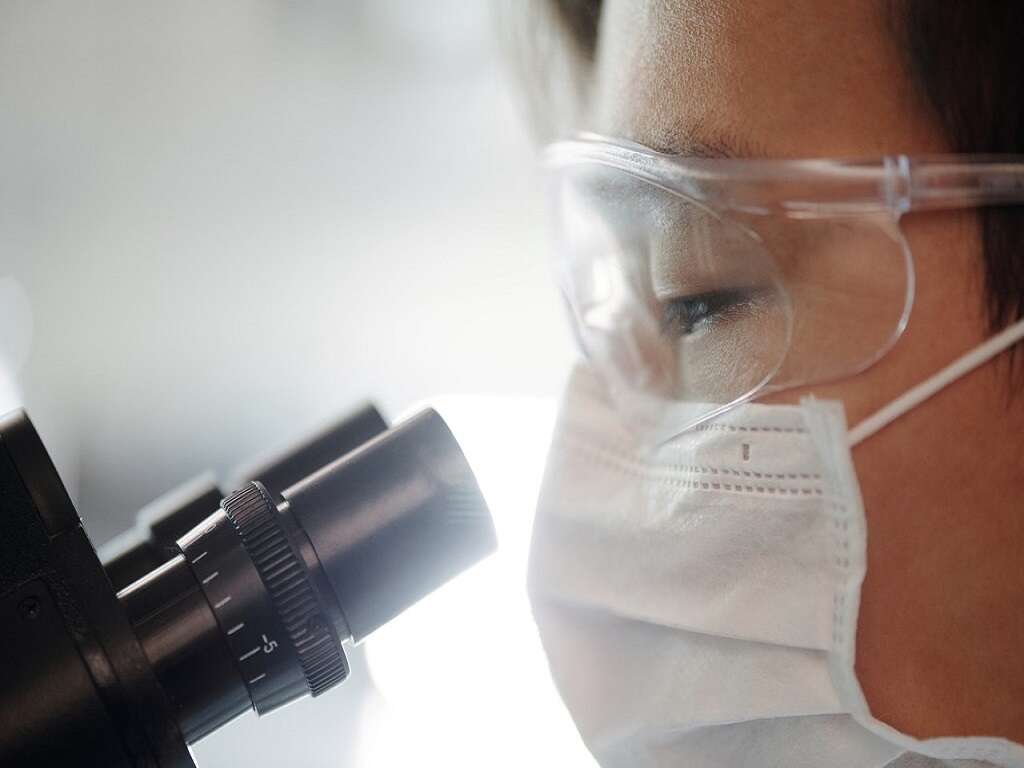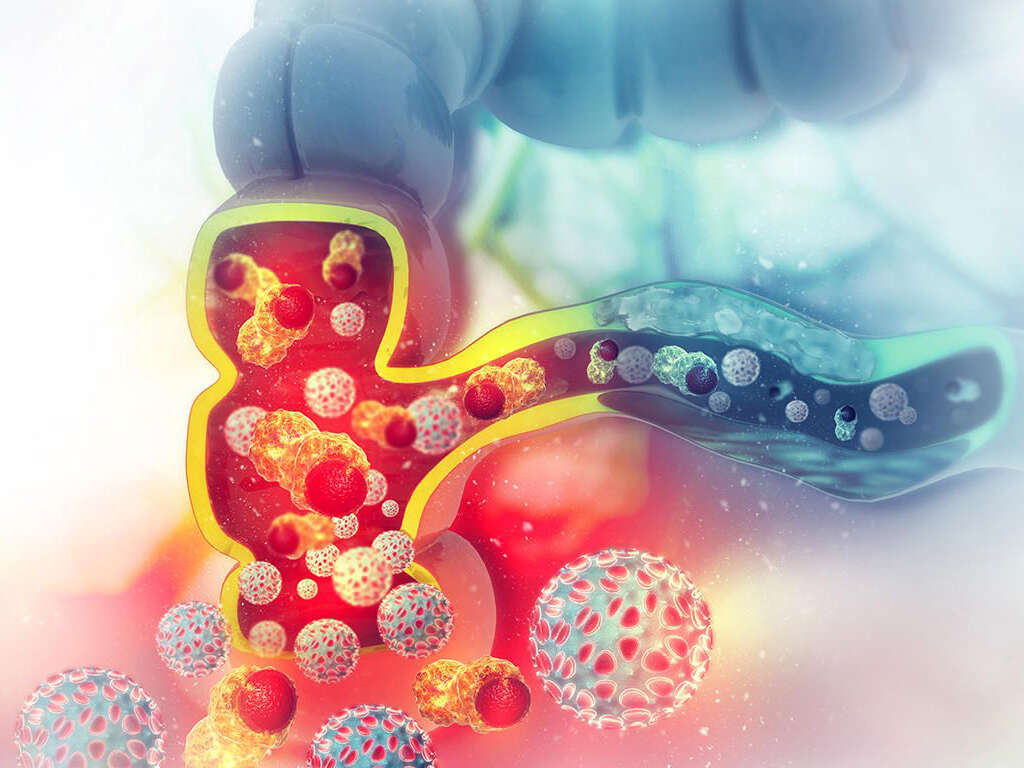Cancerous Moles Diagnosis, Prevention and More
 Article Sources
Article Sources
- 1. 'Melanoma.' Mayo Clinic, Mayo Foundation for Medical Education and Research, 10 Mar. 2020, www.mayoclinic.org/diseases-conditions/melanoma/symptoms-causes/syc-20374884
- 2. NHS Choices, NHS, www.nhs.uk/conditions/melanoma-skin-cancer/symptoms/
- 3. 'Common Moles, Dysplastic Nevi, and Risk of Melanoma.' National Cancer Institute, www.cancer.gov/types/skin/moles-fact-sheet
- 4. Admin. 'Basal Cell and Squamous Cell Skin Cancer.' Rogel Cancer Center | University of Michigan, 19 Oct. 2020, www.rogelcancercenter.org/skin-cancer/basal-and-squamous
- 5. 'Melanoma.' The Skin Cancer Foundation, 21 Jan. 2021, www.skincancer.org/skin-cancer-information/melanoma/
- 6. 'Skin Cancer.' Mayo Clinic, Mayo Foundation for Medical Education and Research, 5 Dec. 2020, www.mayoclinic.org/diseases-conditions/skin-cancer/symptoms-causes/syc-20377605
- 7. 'Skin Cancer.' Mayo Clinic, Mayo Foundation for Medical Education and Research, 5 Dec. 2020, www.mayoclinic.org/diseases-conditions/skin-cancer/diagnosis-treatment/drc-20377608
Moles commonly begin appearing on the skin during childhood, and by the time a person reaches adulthood, they may have between 10 and 40 moles. Usually round or oval with smooth edges, moles are normally less than 1/4-inch in diameter. They have a uniform brown, tan or black color and may appear anywhere on the body.
While most moles aren't causes for concern, the appearance of a new mole or the change in an existing mole's color, shape or size may be a sign of a cancerous mole. Because some forms of skin cancer are serious, early detection and treatment are critical.1‘Melanoma.’ Mayo Clinic, Mayo Foundation for Medical Education and Research, 10 Mar. 2020, www.mayoclinic.org/diseases-conditions/melanoma/symptoms-causes/syc-20374884,2NHS Choices, NHS, www.nhs.uk/conditions/melanoma-skin-cancer/symptoms/

Common Moles
A common mole, also known as a nevus, occurs when pigment cells grow in clusters. This type of mole typically develops on areas of skin above the waist that may receive frequent sun exposure. People with darker skin or hair colors may have moles that are darker than those found on people with lighter skin or hair colors.
Common moles are sometimes present at birth but they typically begin appearing in childhood and may continue to develop until age 40. Sometimes, common moles fade away as people age. Common moles rarely develop into melanoma, the most serious form of skin cancer.

Dysplastic Nevus
Sometimes called an atypical mole, a dysplastic nevus is larger than a common mole and may exhibit a mixture of colors. The edges are irregular, and the surface may be smooth, scaly or pebbly. Dysplastic nevi may appear anywhere on the body, including on skin surfaces not normally exposed to the sun.
Most dysplastic nevi remain stable, but they're more likely to become cancerous than the common variety. Cancer risk increases in proportion to the number of dysplastic nevi present on the body.3‘Common Moles, Dysplastic Nevi, and Risk of Melanoma.’ National Cancer Institute, www.cancer.gov/types/skin/moles-fact-sheet

Types of Skin Cancer
The most common form of skin cancer, basal cell carcinoma, is slow-growing and usually appears on skin with regular sun exposure. It rarely spreads to other organs. Squamous cell carcinoma is also likely to occur on areas of skin receiving frequent sun exposure. This type sometimes spreads to the lymph nodes.4Admin. ‘Basal Cell and Squamous Cell Skin Cancer.’ Rogel Cancer Center | University of Michigan, 19 Oct. 2020, www.rogelcancercenter.org/skin-cancer/basal-and-squamous
Melanoma occurs less frequently than other forms of skin cancer but can quickly spread to other organs if not detected and addressed promptly. About 30 percent of melanomas arise from existing moles.5‘Melanoma.’ The Skin Cancer Foundation, 21 Jan. 2021, www.skincancer.org/skin-cancer-information/melanoma/

Signs and Symptoms of Cancerous Moles
Cancerous moles may produce several signs and symptoms. People should watch for physical changes in moles. A cancerous mole may become larger and its shape, height, texture and color may change, indicating a need for a medical evaluation.
A mole that becomes itchy or sore should also be checked for cancer. If the mole bleeds, oozes, becomes hard or feels lumpy, it needs to be examined by a doctor.3‘Common Moles, Dysplastic Nevi, and Risk of Melanoma.’ National Cancer Institute, www.cancer.gov/types/skin/moles-fact-sheet

ABCDE Checklist
To differentiate between a normal, benign mole and a cancerous mole, people may refer to signs listed on the ABCDE checklist. A is for a mole with an asymmetrical appearance. B is for a border that's irregular, notched or scalloped.
C indicates color change or the presence of several colors in a mole. D stands for a change in diameter of the mole, and E is for a mole that evolves in size, color, shape or symptoms.1‘Melanoma.’ Mayo Clinic, Mayo Foundation for Medical Education and Research, 10 Mar. 2020, www.mayoclinic.org/diseases-conditions/melanoma/symptoms-causes/syc-20374884

Causes of Cancerous Moles
Cancerous moles develop due to mutations in the DNA of skin cells. The mutated cells multiply, forming a mass of skin cancer cells.
Exposure to ultraviolet light from the sun or tanning beds is a common risk factor for these mutations, but cancerous moles may also develop on areas of skin shielded from the sun. Exposure to toxic substances, a weakened immune system and heredity may be factors in the development of cancerous moles.

Risk Factors
People with dysplastic nevus moles or many common moles may be more likely to develop cancerous moles. Those with fair skin and people who spend a lot of time in the sun or live in sunny, warm climates may also be at greater risk of cancerous mole growth.
A weakened immune system is another risk factor for developing cancerous moles. Anyone who has had previous skin cancer or precancerous skin lesions is at risk of cancerous mole development.6‘Skin Cancer.’ Mayo Clinic, Mayo Foundation for Medical Education and Research, 5 Dec. 2020, www.mayoclinic.org/diseases-conditions/skin-cancer/symptoms-causes/syc-20377605

Diagnosis
Diagnosis of a cancerous mole involves a visual examination by a health care provider. They may perform a biopsy, removing a small piece of the mole for examination under a microscope. This testing can identify the presence or absence of cancer.
If cancer is present, a biopsy can help identify the type of malignancy. If a biopsy indicates the presence of a skin cancer other than basal cell carcinoma, imaging tests may be necessary to find out if the disease has spread.

Treatment
Addressing cancerous moles typically involves removing the cancerous areas through excision, freezing or electrodesiccation. In some cases, topical chemotherapy agents may be helpful. Other possible remedies include photodynamic therapy, which combines drugs and laser lights to eradicate cancer cells, or biological therapy, which eliminates cancerous cells using the body's immune system.
Radiation therapy may be used in areas where surgery can't remove all the cancerous tissue. Chemotherapy is an option to treat skin cancer that has spread to other parts of the body.7‘Skin Cancer.’ Mayo Clinic, Mayo Foundation for Medical Education and Research, 5 Dec. 2020, www.mayoclinic.org/diseases-conditions/skin-cancer/diagnosis-treatment/drc-20377608

Prevention
Shielding the skin from ultraviolet light is key when it comes to preventing skin cancer and cancerous moles. This may involve wearing protective clothing while outdoors, applying sunscreen daily and avoiding sun exposure between 10 a.m. and 4 p.m. when the sun's rays are strongest. People should also avoid using tanning beds.
Regular full-body skin inspections can help people notice new moles, changes to existing moles and other suspicious skin changes. A doctor should examine any evolving moles or skin abnormalities a person discovers.6‘Skin Cancer.’ Mayo Clinic, Mayo Foundation for Medical Education and Research, 5 Dec. 2020, www.mayoclinic.org/diseases-conditions/skin-cancer/symptoms-causes/syc-20377605











